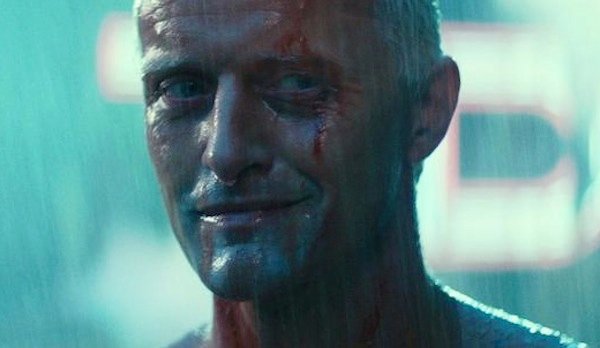 Frost pinching at your window? Nightfall chasing your heels home? Perfect time for a good book or two or three, the bigger the better. Can I mention how much I'm enjoying THE CREATION MACHINE by Andrew Bannister ? I meant to save this one for summer hols reading but it turns out to be a good hefty winter tale, transporting me to a far galaxy populated by various lifeforms and strange but vividly realised planets.
Frost pinching at your window? Nightfall chasing your heels home? Perfect time for a good book or two or three, the bigger the better. Can I mention how much I'm enjoying THE CREATION MACHINE by Andrew Bannister ? I meant to save this one for summer hols reading but it turns out to be a good hefty winter tale, transporting me to a far galaxy populated by various lifeforms and strange but vividly realised planets.
The world-building is superb but most of all, it is the characters in peril who keep me up late worrying what's going happen next and how they're going to get out of THAT one ... And quite the most impossible and engaging romantic entanglement I've followed in a while, threaded through a dark fable of political machinations and genocide that strikes dystopian echoes from our own fucked-up world. I give you just the opening paragraph which you can read on the usual book preview sites:
''The thousand and third day of Fleare's imprisonment dawned cold and clear. Frost fuzzed the stone battlements of the Monastery, and the plains fifteen hundred metres below were veiled in mist. Fleare paused halfway through her daily walk up the Shadow Stair and gathered the thin prison fatigues into folds around her as if that would help keep out the cold. It didn't."
 |
| Credit: http://www.sffworld.com/2016/05/interview-with-andrew-bannister/ |
See what I mean? Who doesn't want to know what the Shadow Stair is but more importantly, how can you not be rooting for this emaciated but determined political prisoner Fleare? Bannister evokes the new world of the Spin galaxy with great economy and deft painterly strokes. But he absolutely resists the temptation to over-describe or explain. I am right there in a few phrases. Loved the 'frost fuzzed'. And already the story is on the move. The narrative voice is quite original to my ears; although the frequent humour sometimes made me think of Pratchett or even the Hitchhiker, it is more acidic in its bite. This voice grabs you by the scruff of the neck and hauls you into the adventure. The pace and scope of the narrative is as relentless as the ambition of the Spin's competing overlords. As all the reviews have suggested, it is a hell of a debut from a writer who gets straight into his stride and obviously has far more story stowed away in the hold.
Creation Machine needs no plaudits from me but believe the hype. It's a thumping good read and a roller-coaster ride. I'm delighted to see on Bannister's website that a further two novels set in the Spin are rattling down the pipe-line. I'll be strapping myself into the passenger seat, ready for just about anything as soon as Bantam Press can patch up the ship.








